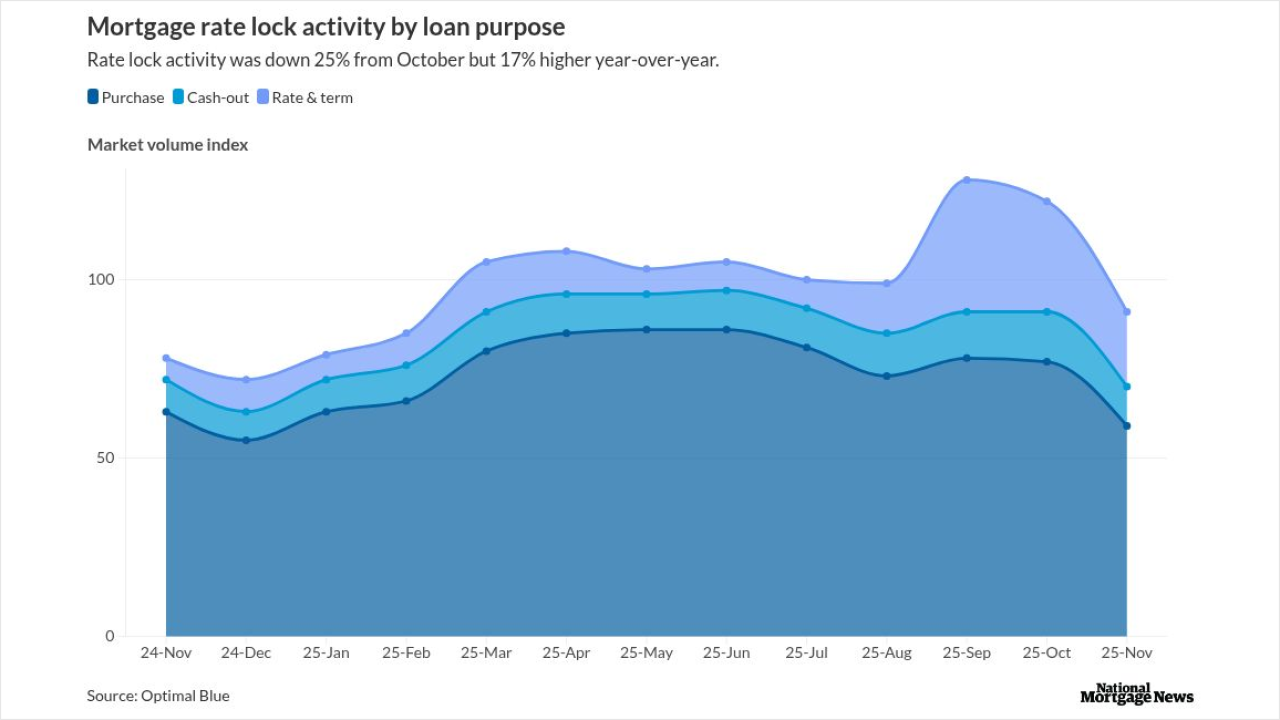Cheap funding costs have extended a lifeline to many troubled companies, slowing the pace of U.S. bankruptcy filings, but shops, offices and hotels have been particularly vulnerable to the pandemic this month.
The real estate industry is “facing an existential crisis of what’s next,” said Sarah Borders, a partner focused on restructuring at law firm King & Spalding. She expects pressure to remain on retail as more shopping happens online and says office real estate will suffer as employees delay a return to work.
A unit of Eagle Hospitality Real Estate Investment Trust, which owns corporate, leisure and airport hotels across the U.S., filed for Chapter 11 last week. Department store chain Belk Inc. is nearing a deal to file for bankruptcy with plans to hand an ownership stake to lenders, according to people with knowledge of the matter.
Eleven companies with more than $50 million of liabilities have filed for bankruptcy in the U.S. so far this year, a relative slowdown compared with the 20 filed each month on average last year, according to data compiled by Bloomberg.
Alpha Media LLC, which operates more than 200 radio stations across the U.S., filed for bankruptcy early this week after Covid-19 crushed its customers’ advertising budgets. This marked the second communications sector bankruptcy of the year, following yearbook maker American Achievement Corp.
There could be a pickup in restructurings in February as companies evaluate their next steps, said Jeffrey Cohen, chair of the bankruptcy department at law firm Lowenstein Sandler. It’s not unusual to see a lull in January filings, especially in retail, as companies evaluate holiday performance, he said.
George Klidonas, a partner at Latham & Watkins expects several “industry specific mini-waves” in industries like retail, oil and gas, and possibly REITs, he said.

Abundant Capital
The relative slowdown in bankruptcy filings is at least partially due to abundant availability of capital for struggling firms. Movie theater operator AMC Entertainment Holdings said Monday it had lined up a total of $917 million in financing, including $411 million of new debt, easing near-term bankruptcy concerns.
The amount of traded distressed bonds and loans fell to about $128 billion as of Jan. 22, down 6.3% week-on-week and far below where it was at the start of March 2020. Troubled bonds declined 8.2% and distressed loans increased by 0.9% in the latest week, according to data compiled by Bloomberg.
There were 342 distressed bonds from 173 issuers trading as of Monday, according to Trace data. That’s up from 326 and 167 bonds and borrowers, respectively, one week earlier, but significantly less than the 1,896 troubled bonds at the March 23 peak.
The universe of distressed issuers is steadily shrinking as weaker firms default and better-performers are upgraded, according to Moody’s Investors Service. The number of borrowers stuck on the bottom rungs of junk ratings fell to 363 at the end of 2020, well below the high of 417 in the second quarter, but still almost double the total as of December 2019.
The Moody’s list of companies with a probability of default rating of Caa1 or lower, and B3 rated companies with a negative rating outlook or on review for downgrade, is dominated by consumer businesses and services.
“Some of these companies managed to refinance their debts because markets came back for them,” said Julia Chursin, one of the authors of the Moody’s report. “But if the market sentiment changes, it’s going to be a different story.”
Transocean Inc. had the most distressed debt of issuers that hadn’t filed for bankruptcy as of Jan. 22, Bloomberg data show.




